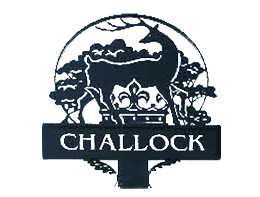Christian Worship has taken place at Ss Cosmas & Damian church for over 800 years, and probably for many more in the Saxon church that was adjacent to this site. The earliest reference to a church is in the Domesday Monacorum (a group of Domesday Book related texts) of around 1100 AD which refers to a chapel of ease to Godmersham, three miles east of here.
It is most likely that the present church began life around 1100 AD with the construction of the Nave and most of the Chancel. The Appeldurfield family of Otterpley added North and south aisles and a Lady Chapel in the 1200s. A circular column by the organ and the engaged columns at the back of the church are Norman and survive from this period.
Around 1300 the Chancel, isles and lady Chapel were all enlarged to their present size. Crusader tombs and crosses from this period survive in the Lady Chapel. 14th Century features include the two well-preserved heads carved on the outside of the southwest window, and the candlebeam (right hand picture below) in the Lady Chapel. The latter is one of few surviving examples in England. The screens of the Lady Chapel and of the tower belong to the following Century. The tower, with its integral stair turret, completes the church that we see today. The west face of the tower displays an interesting inset flint cross.
The Victorian Chancel screen (left hand picture below) stood originally in Eastwell Church. Another section of this screen may be seen in Molash Church.
The whole buildings suffered considerably in the 1939-45 War through bomb damage and almost complete inaccessibility, the main roof collapsing during the severe winter of 1947/48. The villagers were determined to restore the church and a Service in the ruins on November 8th 1950 preceded the work.
Churchwarden Major Jack Botley was the driving force behind the restoration work. The Nave and most of the roofs were rebuilt and the whole church substantially refurbished before rededication at a service on 20th July 1958.
More recently the church has become renowned for its murals in the Lady Chapel, Chancel and north isle of the Nave.
